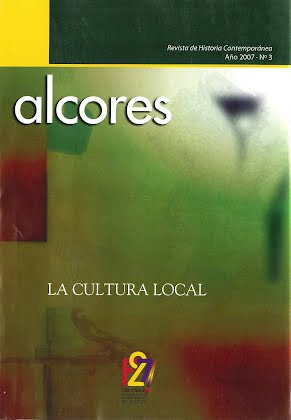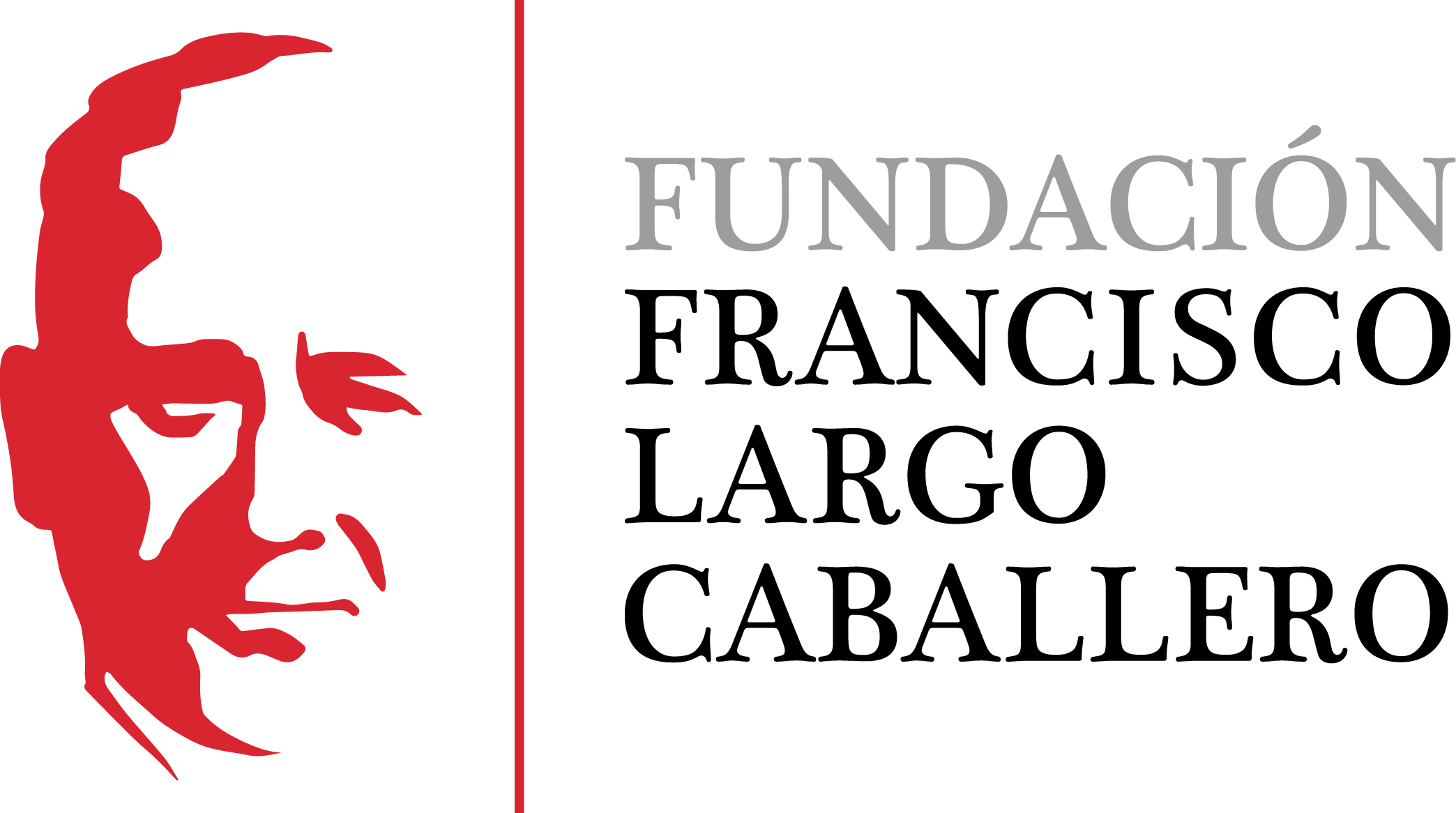The labyrinth of freedom
DOI:
https://doi.org/10.69791/rahc.265Keywords:
nation, liberalism, traditionalism, subject, citizen, social networks, conflictAbstract
When the 19th century began Alcala de Henares was the epicenter of a wide region centered on the production of wheat and fed for the supply of Madrid, while the urban economy of the city was feeding of the presence of the University and of the powerful Church. Between 1808 and 1868 the landscape of the city transformed radically, the old university and ecclesiastic city was replaced with the new penitentiary, judicial and military city. New elite emerged strongly in the final stage of period, nourished by the incorporation of the well off of beginning of century into the notable ones. The irruption of new names in the municipal corporation, which lineage was resting in newly reached wealth and in the political militancy, which the new liberal society offered, altered the traditional relations of power. So new elite arose in which the wealth, the political activity, the social relations and relatives entwined strong networks of sociability that projected its influence in the later epoch of the Restoration. The personal interests, the relations of kinship and the relations of clientage and dependency were key issues in the political joint of the city and her relations with the centers of political decision established in the capital, on which the political system of the liberalism was settling itself.
Downloads
Global Statistics ℹ️
|
45
Views
|
17
Downloads
|
|
62
Total
|
|
Downloads
Published
How to Cite
Issue
Section
License
Copyright (c) 2008 Luis Enrique Otero Carvajal

This work is licensed under a Creative Commons Attribution 4.0 International License.
Alcores is an open-access journal. It provides unrestricted access to its content from the moment of publication. We respect intellectual property rights, and for this reason, the author retains the copyright. All content is distributed under a Creative Commons Attribution 4.0 International (CC BY 4.0) license. The terms of the license can be consulted at: https://creativecommons.org/licenses/by/4.0/
This license allows sharing (copying and redistributing the material in any medium or format) and adapting (remixing, transforming, and building upon the material for any purpose), provided that authorship and first publication in this journal are properly credited, a link to the license is included, and any changes made are indicated.
This type of license facilitates the freedom of reuse and ensures that the content of this journal can be used to meet research needs.





